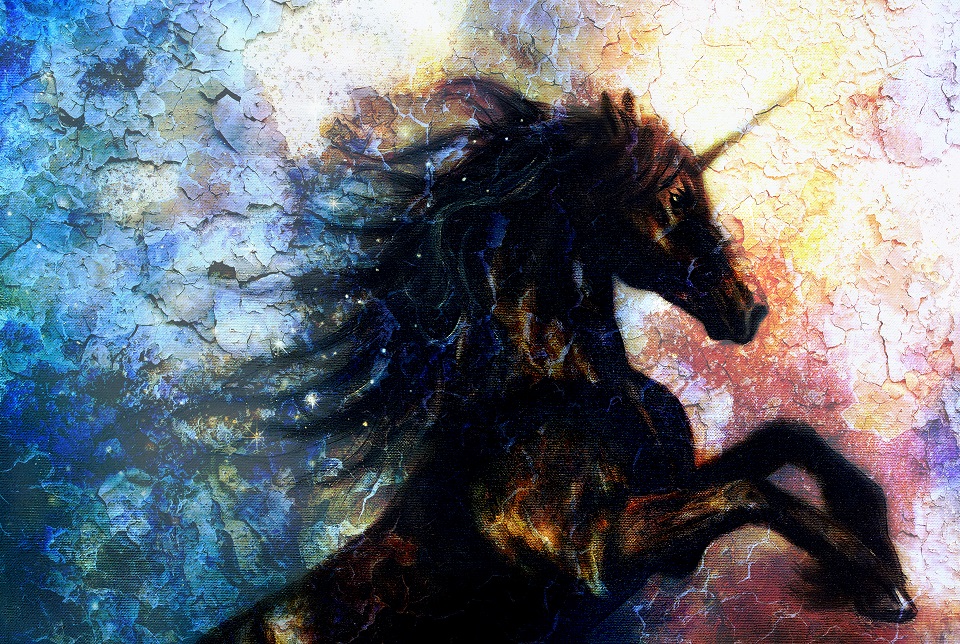
Unicorn
The unicorn has an illustrious history in some corners of the world, nowhere more so than in Scotland, as it is officially recognized as Scotland’s national animal. Medieval legend stated that only a king could hold a unicorn captive because of the supposed danger it posed. King James II would embrace this legend, believing the unicorn to be a symbol of purity and power. So it was associated with Scottish kings and nobility from the 15th century onwards, even appearing on coins, royal seals and coats of arms.
Although the unicorn is a symbol of Scotland, descriptions of this legendary creature go right back to antiquity. It was depicted in ancient seals of the Indus Valley Civilization and mentioned by the ancient Greeks in accounts of natural history by numerous writers. As with other creatures on this list, again the argument can be made for misidentification, but there is an interesting account from the 4th century B.C. And is the first written reference in Western literature to a single-horned “wild ass.”
A Greek doctor named Ctesias traveled through Persia in the employ of the Persian king, where he encountered some travelers from India who told him many stories of the creatures back home. He would later record one of the creatures they described, writing “wild asses as large as horses” that had white bodies, red heads and dark blue eyes, and “a horn on the forehead, which is about a foot and a half in length.” He also said that the horns were multicolored, and that the animals were so swift and powerful that “no creature, neither the horse or any other, could overtake it.”
Learn more about the Unicorn here
Adorn your wall with this painting of the elegant Unicorn here



























































